Design studio Inxects has developed a wearable that translates environmental stress signals into physical sensations to let users feel humanity’s impact on nature.
The Gaia Communication System (GCS) incorporates a sensor-laced vest and wrist sleeves that gather data about the health of plants, soil, air and ecosystems before translating these readings into haptic feedback in the form of vibrations.
Danish studio Inxects designed the system to give people an intuitive and visceral way of understanding the suffering of plants and animals due to pollution, climate change and habitat destruction.
The expectation is that this kind of sensory engagement will have a deeper impact on the human psyche than the mere reading of facts and data.
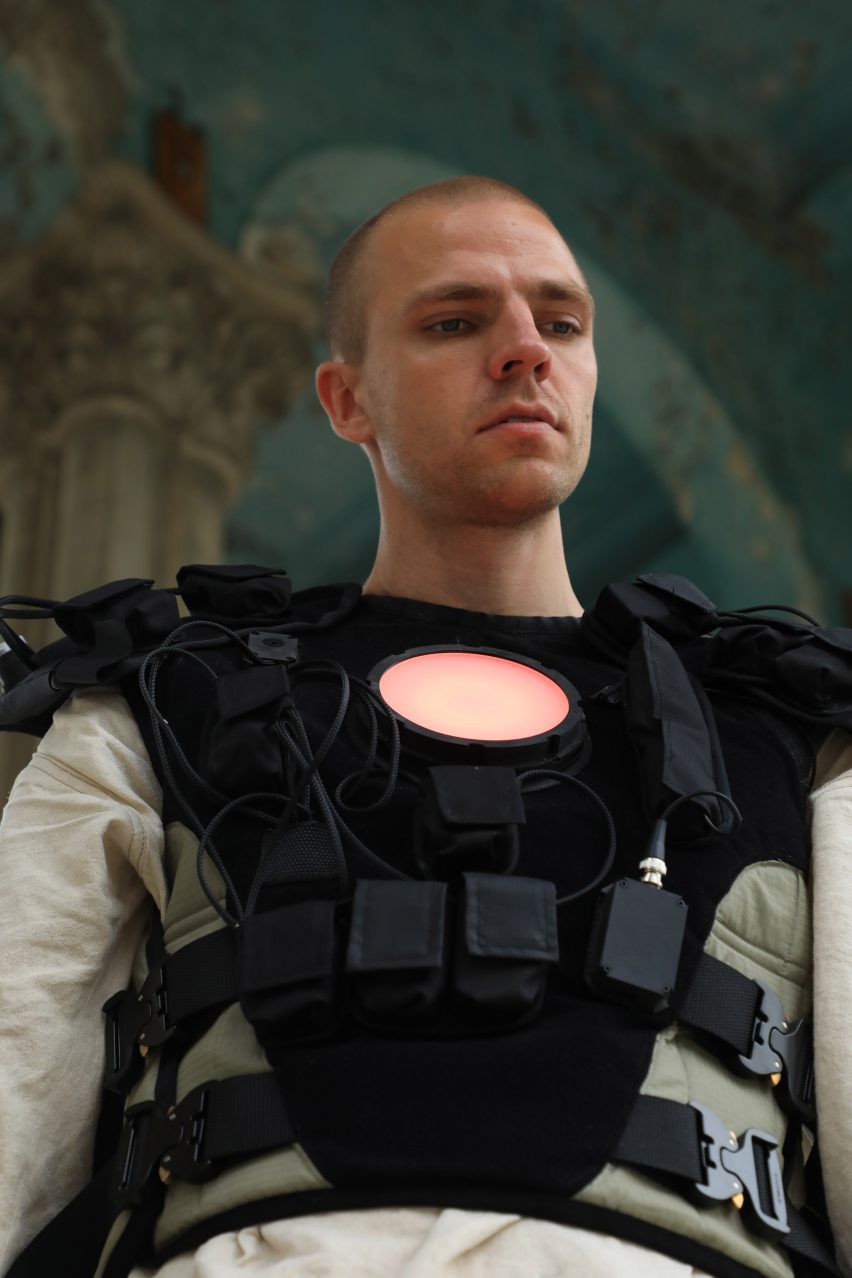
In particular, the studio envisions Gaia being used by architects, who could walk through project sites listening, testing and feeling the natural environment before they begin designing.
Inxects founder Pavels Hedström, an architect himself, said he was inspired to create Gaia while he was working in the corporate building industry, which he saw as prioritising human growth and industrial progress over concerns for other forms of life.
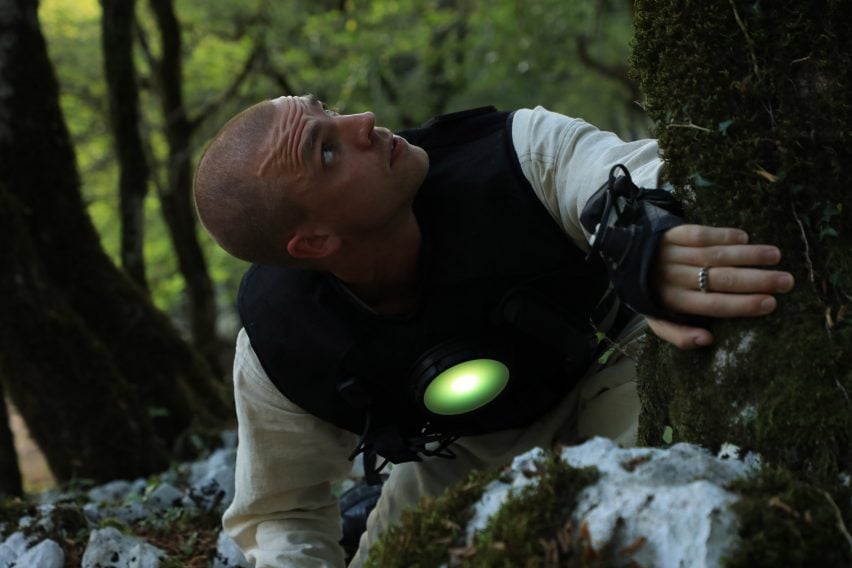
“Despite attempts to create ‘sustainable architecture’, I noticed a significant disconnect,” Hedström told Dezeen. “We were designing projects for tropical climates while sitting in an office in Denmark – completely removed from the ecosystems we were impacting.”
“This experience revealed a larger issue: the gap between humans and nature. While we have access to vast amounts of environmental data, we struggle to change our behaviour – largely due to a fundamental lack of empathy for non-human life.”
When conceptualising the communication system, Hedström drew on the behaviour of animals such as ants, who can detect carbon dioxide levels through specialised organs and use this information to clean or otherwise change their nests.

The sensors built into Gaia can measure carbon dioxide levels, temperature and relative humidity to identify changes in air quality, while clarity and pH are measured to determine the water quality of rivers and wetlands.
There is also a spectral sensor that analyses light wavelengths invisible to the human eye to detect early signs of plant stress and a bioacoustic sensor that captures animal and insect communication to monitor biodiversity.
“I found inspiration in the insect world – species like ants, which detect CO2 changes, and bees, which sense temperature and humidity,” said Hedström. “They rely on these specialised environmental sensory systems to make decisions vital for their survival.”
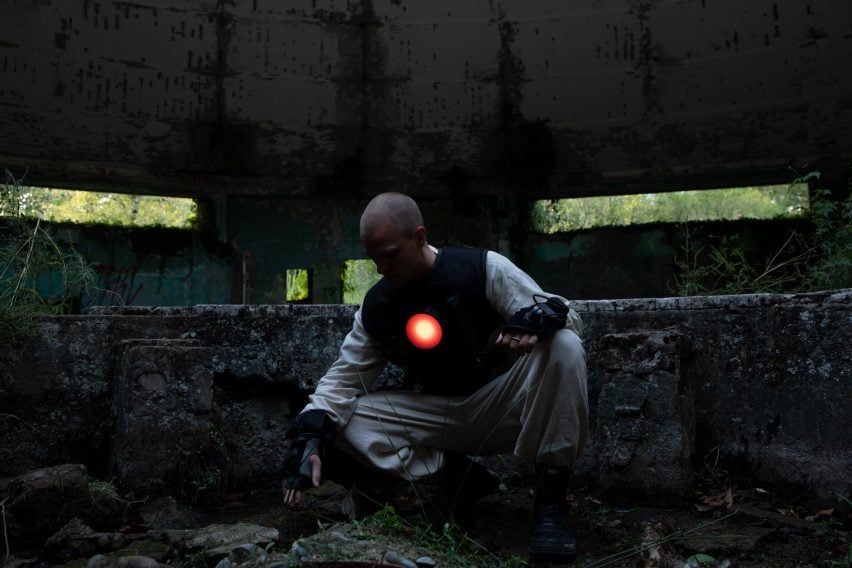
“The GCS builds on this biomimetic principle, providing humans with an extended sensory system to reconnect with the environments we inhabit,” he added.
Hedström also sees a connection between Gaia and the “deep listening” practices of many indigenous cultures, where people adjust their behaviour around small changes they detect in the natural environment.
“The ultimate vision is a world where we no longer need to rely heavily on technology to connect with nature,” he said. “But until then, projects like the GCS can help minimise the gap between humans and the rest of nature.”
In addition to the sensors, the Gaia vest contains a battery and solar panels for power, a microcontroller, an LED light and five haptic motors on the heart, upper back, lower back and kidneys – spots selected for their high sensitivity to vibrations.
The vibration patterns are modelled on the human pulse, with faster, irregular rhythms indicating signs of stress such as polluted water or declining biodiversity.
At the moment, these line up to whichever sensor the user has manually selected, but in the future Inxects hopes to create a more complex feedback system where multiple sensors can operate simultaneously and different rhythms and intensities represent different indicators.
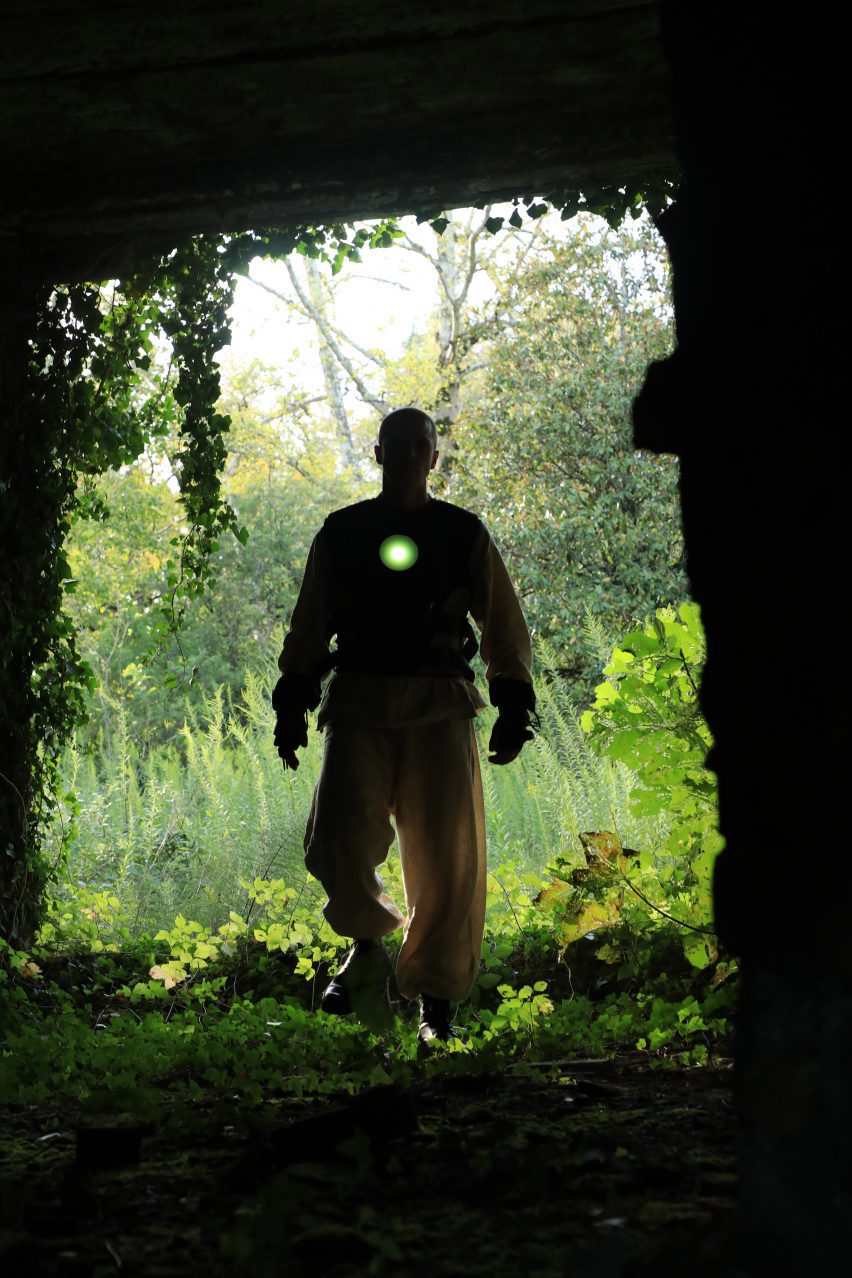
The studio says that it expects users to be able to learn to intuitively “read” these overlapping patterns over time, similar to how blind individuals have been able to learn to “see” images through vibration patterns on the tongue through devices like Wicab’s BrainPort.
Scientific studies support the idea that humans can learn a new sensory language based on haptics, said Hedström. He has tested the Gaia system himself and said he found the initial sensations surprisingly powerful.
“The vibrations resembled stress signals, triggering a physical response like an adrenaline rush,” said Hedström.
“Over time, with repeated exposure, the feedback became less shocking and began to feel more like a form of communication – as if the system was relaying messages from the lifeforms being observed.”
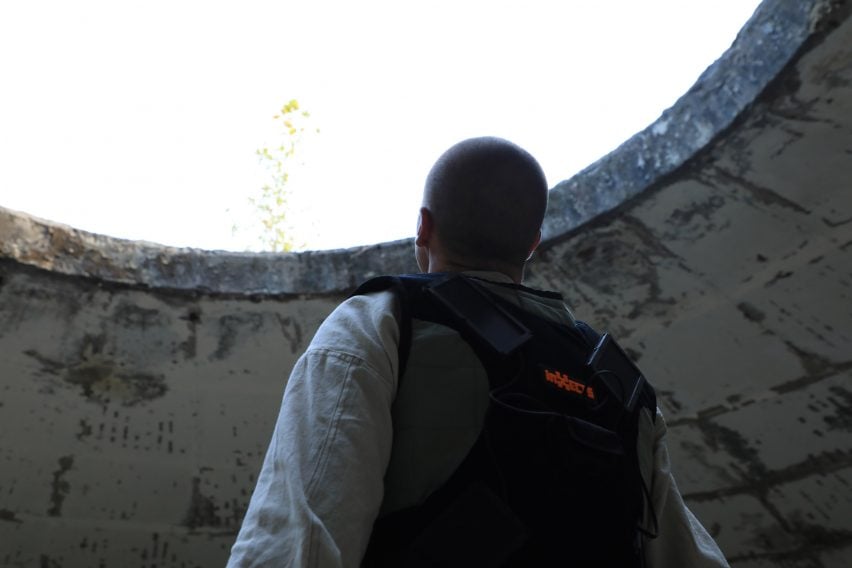
The Gaia prototype was featured in the exhibition Strange Adaptations at the Copenhagen Architecture Forum in Copenhagen, Denmark, at the end of 2024.
Inxects intends to continue testing and refining the device, which Hedström sees as sitting somewhere between a conceptual exploration and a functional product.
Aside from architects, he says he can see Gaia being used by urban planners, politicians and other decision-makers.
Inxects was founded by Hedström in 2021 to explore the intersection of architecture, wearble design, technology and ecological awareness. His previous work includes a jacket that can make drinking water from fog, which won the Lexus Design Award in 2023.

